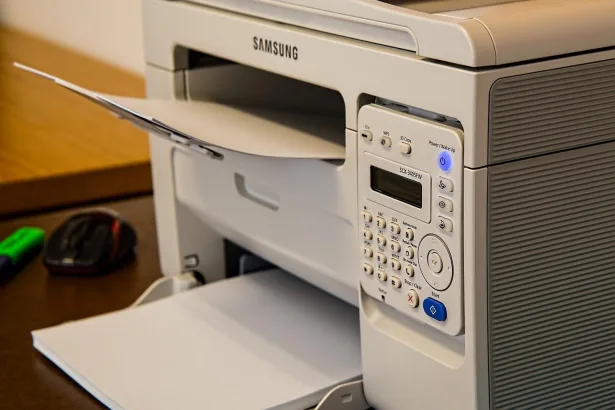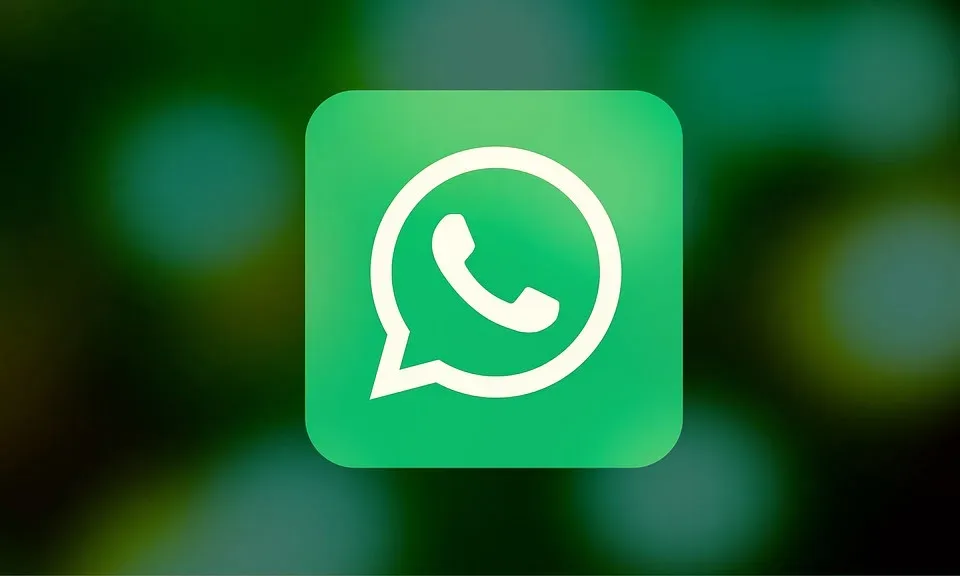We are well into the third decade of the 21st Century, and there are few areas of our lives that are not dependent on some form of digital technology. Everything from the way we talk, to the way we spend money, to the way we teach our children is vastly different than it was 40 years ago.
In business, even more so than in daily life, taking advantage of the latest advances in technology is crucial. Businesses are always on the lookout for newer software, improved processes, and anything else that can help them get a leg up on the competition. No one wants their business to lose out because they were slow to adapt to a changing climate.
So, with this increased focus on improvement, adaptability, automation, and immersion in technology, why do the vast majority of businesses still depend upon a largely antiquated item like the fax machine? Does it offer some unique set of advantages not offered by digital forms of communication? Is it significantly more cost-effective or easier to use?
The Popularity of Faxing
To determine why faxing is still so popular with modern businesses, it is important to first establish how prolific it still is in the modern business environment. It is well-known that faxing is still a key method of communication in industries such as healthcare, law, and the government. These are fields in which official and sensitive documents are frequently shared. But a 2017 poll of technology professionals found that 89% of them still sent or received faxes.
Faxing is still a trusted part of regular communication in most businesses, no matter the industry. In fact, if you work in an office, you probably know right where the fax machine is located.
The Advantages of Faxing
There are several reasons why faxing is still an important part of modern business, even in our high-tech world. For one, legal restrictions were still in place until very recently that kept email and other digital formats from gaining acceptance. Even after signatures could be considered legally acceptable when transmitted via email, many institutions were still slow to move away from the fax.
This is partially because of the security that comes with faxing. Fax machines essentially send a coded image over phone lines, which cannot be easily hacked. Even sending fax online, which is becoming more popular in recent years, can still be generally safer from potential thieves and hackers than sending an encrypted email.
Faxing also requires no new training for employees. Everyone already knows how to put the paper in, enter the number, and press send. And for newer, younger employees who may not already be as familiar with the technology, it only takes about five minutes for them to master it. Using an online fax platform does not require paper, the sturdy fax machine, or constantly available phone lines to perform its function. It’s as simple as it is quick.
Additionally, faxing does not require any complex, expensive software in order to be used. This was one major problem that those in the healthcare industry ran into, as there was not a single standard for sharing patient records. If one doctor’s office did not have the same system as another, faxing was the only logical way to safely and conveniently continue to share important information.
Will Faxing Ever End?
As time goes by, and the faxing generation begins to exit the workforce, faxing may eventually begin to decrease. But as long as there is a need for an easy, safe, convenient, and dependable way to transmit important documents from one place to another, it is hard to imagine faxing will ever die completely.





Share Your Thoughts